Retailers and Brands
While retailers and brands are often multiple steps removed from the initial point of harvest, their commitments and actions significantly impact the whole supply chain. Because they are consumer-facing, retailers and brands also face the most significant reputational risk when human rights violations occur. Thus, retailers and brands have an important leadership and norm-setting role that benefits their own business and cascades responsible practices throughout the supply chain.

What are retailers and brands?
- A retailer is an entity that sells goods, such as groceries, directly to consumers through various distribution channels, including stores and online platforms (e.g., Walmart, Target, Safeway).
- A brand is the name seafood products may be sold under (e.g., canned tuna brands such as Chicken of the Sea, Bumblebee, and Starkist). Retailers may also have their own brands, often referred to as private label products.
Roadmap Guidance
Retailers and brands shape supply chain practices through their sourcing decisions, partnerships, and public commitments. In seafood, where supply chains are global and opaque, human rights due diligence helps you go beyond compliance by identifying priority risks, engaging suppliers meaningfully, and building more responsible sourcing systems from sea to shelf.
Assess recruitment policies and practices when onboarding new suppliers, ensuring that they adhere to ethical standards, such as the Employer Pays Principle, and extend that commitment through their supply chain.
Require that suppliers disclose their labor recruitment processes, wage structures, and working conditions. Standardized questionnaires or third-party audits can be used for this purpose.
Set clear expectations and accountability for suppliers and provide the resources or guidance needed to help meet them.
Build collaborative sourcing relationships and align procurement practices to encourage transparency, stability, and continuous improvement.
Offer training resources or workshops to suppliers on ethical recruitment and fair labor practices, helping them align with your company’s standards.
Collaborate with other buyers and suppliers to support accessible, anonymous grievance mechanisms at a regional or product level. Where feasible, align efforts to reduce duplication and promote trusted, sector-wide channels that enable workers to safely report concerns across supply chains.
Require regular reports from suppliers on grievances received and actions taken, ensuring timely and effective remediation and transparency.
Partner with NGOs or labor rights groups to provide external oversight and support for grievance mechanisms, which will enhance credibility and trust among workers.
Work closely with suppliers to address identified labor issues, setting clear timelines and responsibilities for remediation efforts.
Allocate funding or technical assistance to support suppliers in assessing their operations and implementing necessary changes, such as improving working conditions or revising recruitment policies.
Collaborate with other end-buyers to align human rights due diligence expectations or establish systems of equivalence, which will allow suppliers to meet shared requirements through a range of credible assurance methods, reducing duplication, easing resource burdens, and allowing greater investment in meaningful improvements and remediation.
Establish key performance indicators (KPIs) related to labor practices and regularly assess supplier compliance through audits or self-assessments.
Build trust with consumers and stakeholders by publicly sharing progress on supply chain human rights due diligence efforts, including successes and ongoing challenges.
Engage with workers, NGOs, and other stakeholders to gather input on your company’s human rights initiatives, using this feedback to inform continuous improvement.
RISE E-Learning
Check out the RISE e-learning module “Retailers and Brands” to learn more.

